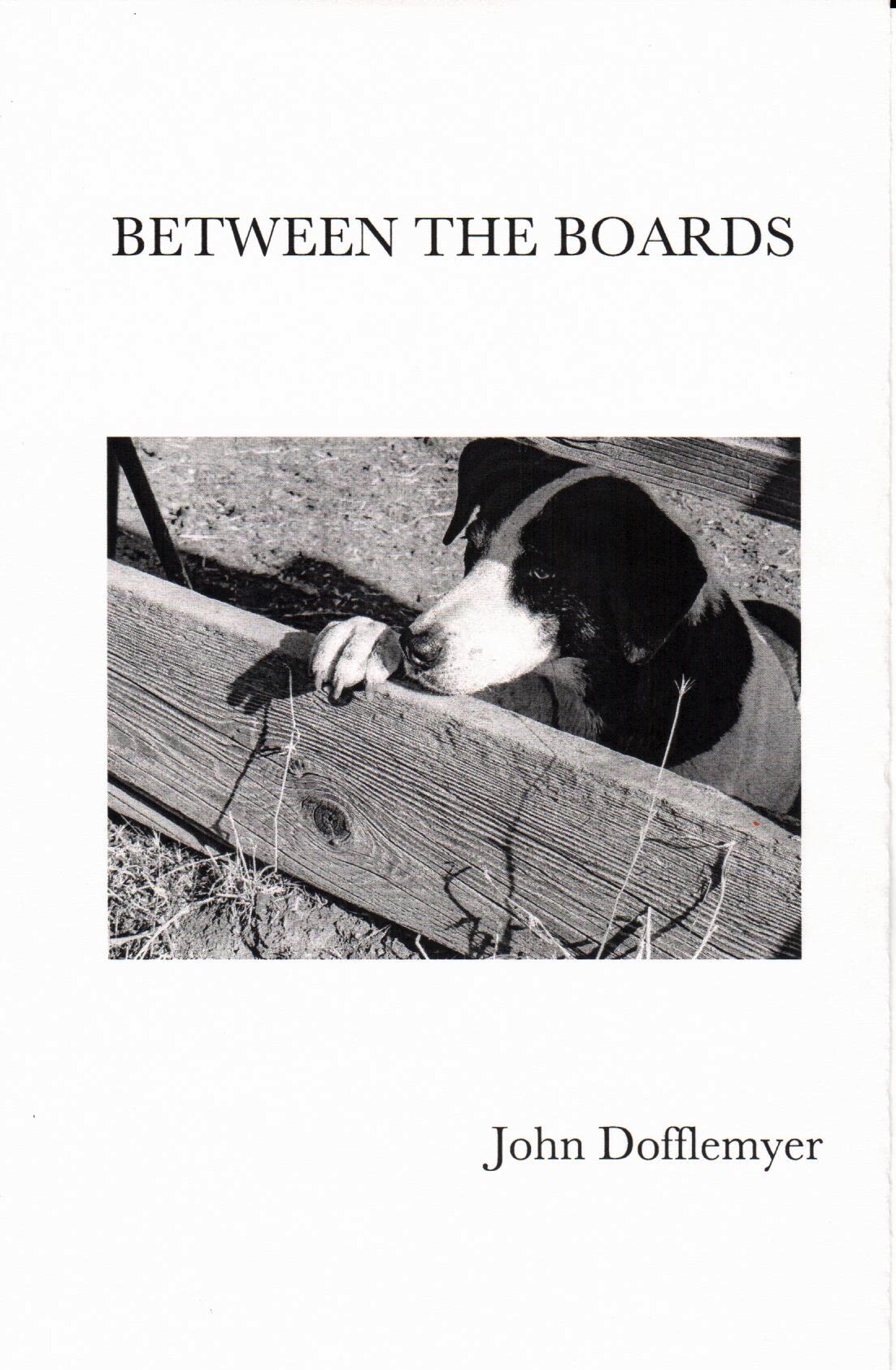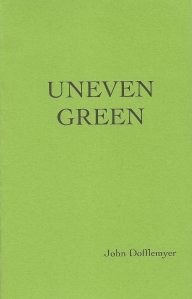To complete our documentation of last week’s efforts to improve the availability of water for cattle, Terri Blanke stands beside the upper concrete box last Wednesday, one of many constructed by Earl McKee, Sr. and Lee Maloy in the 1930s when they packed cement and sand on mules from the Kaweah River, five miles and 2,500 feet in elevation away.
From the bottom, the upper box was plumbed to the lower box with 1½“ steel pipe too rusty and leaky to repair, rendering the lower box useless. In the 1990s, Earl McKee, Jr. and Chuck Fry constructed the pond below with dozers to collect all the leaks plus seasonal runoff. Dirt tank dry by the end of June for past two years, I installed the little galvanized trough last year to provide clean water by utilizing a hole in the side of the upper box.
While David Langton was mucking out the pond at Grapevine last Saturday, I plumbed the second concrete tank to the overflow of the little galvanized trough with 1 ¼“ PVC and galvanized riser. On Monday, while David was covering the PVC, he bumped the rock beside the galvanized trough with his backhoe’s outrigger, which moved the empty trough and snapped my PVC fill pipe. We plugged the flow from the upper box with a plastic bag and I went for hose at the corrals a mile below to syphon water into the galvanized trough rather than lose it, giving me time (2½ hours) to get to town for galvanized pipe replacements.
There wasn’t enough water stored in the little galvanized trough for the fourteen head of cows living at Ragle Springs, yet the little trough filled and overflowed at night. Assuming the lower box doesn’t leak as it fills, we will have enough water stored for the fourteen cows—a good day for all.















